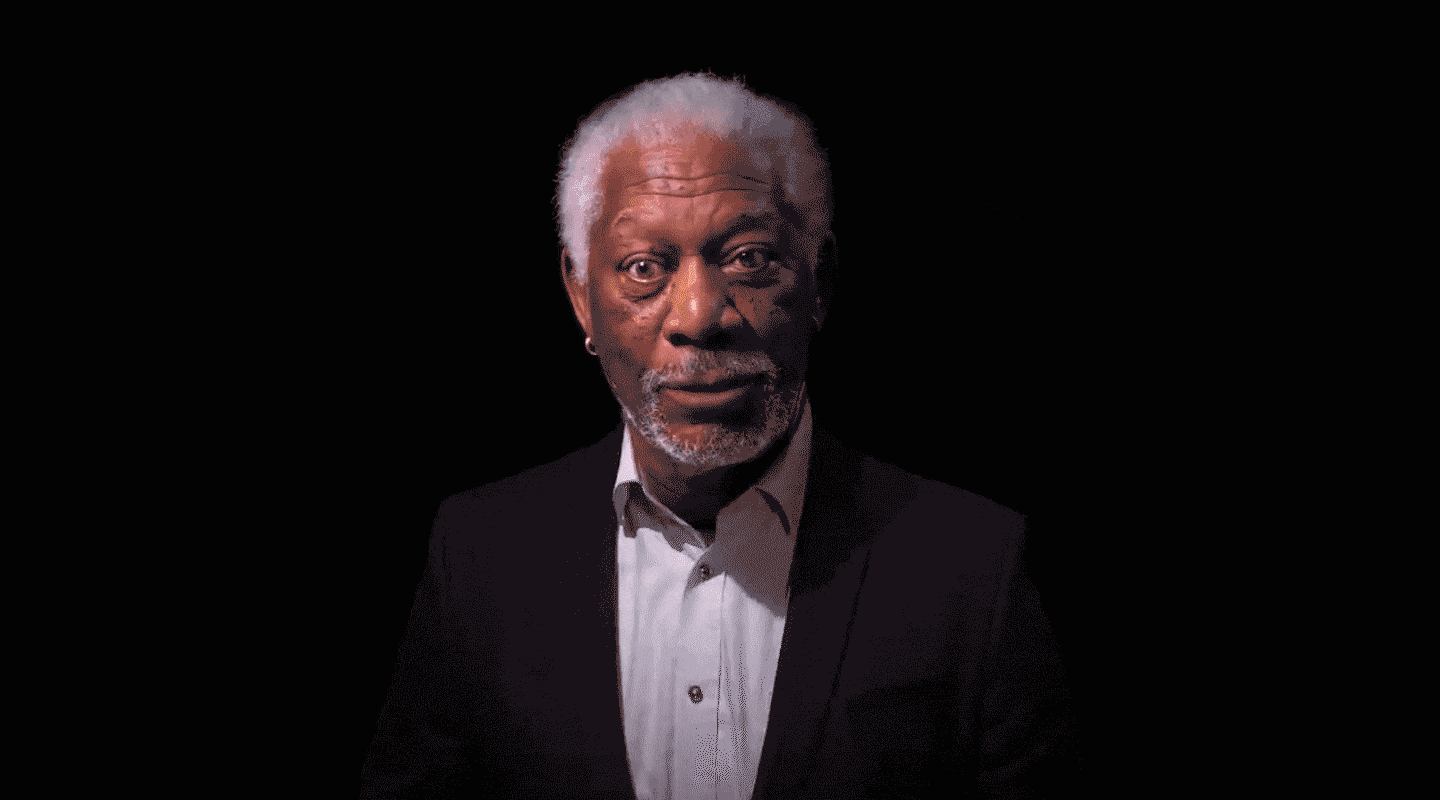Fake news can sometimes very closely mimic real news. And unfortunately, fake news spreads faster than facts, whether it’s the Russia-Ukraine war, COVID-19, climate change, or breaking celebrity news. Especially now in 2022, when all media is filled with different information.
What Is Fake News?
There are two kinds:
News that aren’t true. These are entirely invented news designed to make people believe something false.
News that have some truth but aren’t 100 percent accurate. For example, a journalist quotes only part of what a politician says, giving a false impression of their meaning.
False and distorted news material isn’t exactly a new thing – the term “fake news” was actually used in the 19th century. It’s been a part of media history long before social media, since the invention of the printing press.
Take a look at one example:
The New York Sun’s “Great Moon Hoax” of 1835 claimed that there was an alien civilization on the moon and established the Sun as a leading, profitable newspaper.

The Great Moon Hoax by the tabloid The Sun from 1835. Depiction of the moon surface. Source: Wikipedia
The Internet opened new ways to share and consume information with relatively little regulation or editorial standards. Social media platforms allow us to publish our thoughts with a global audience. But the trouble is some people don’t check the source of the material they view online before they share it, which can lead to fake news spreading quickly.
At the same time, it’s become harder to identify the original source of news stories, making it difficult to assess their accuracy.
How does fake news work?
Fake news is often spread through unreliable news websites, which often emulate trustworthy news outlets. Also, social media enables false claims to spread quickly because fake information often features stories that provoke emotions such as anger, laugh, or fear.
So, pause before you share anything on your social media :
– Watch out for the “woah” – emotion fuels fake news. When you see something that makes you feel super sad or super happy, it might be playing on your emotions to get a reaction.
– Beware exaggeration – words like “terrible”, “worst”, “amazing” or “shocking” add drama to a story and make us want to click on it.
– Fight the ‘Illusory Truth Effect’ – the more you hear or see something, the more likely you are to believe it’s true – even if it’s not. If a story seems to be everywhere, remember that doesn’t mean it’s 100% fact.
– Check your ‘filter bubble’ – remember that social media and ads are designed to suggest stories that match your browsing habits, interests, and opinions, so watch out for being taken in by fake news that sounds too good to be true.
Also, fake news sometimes involves the use of Deepfakes. We raised this topic on our Instagram. You can learn more and see real examples here.

But how can you identify and check fake news? Our team outline 10 ways to help you spot fake news.

1. Do a visual assessment
Assess the overall website design. For example, fake news sites often look unprofessional, have many ads, and use stolen images.
2. Check the source
Check the web address for the page you’re looking at. Spelling errors in company names or strange-sounding extensions like “.infonet” and “.offer” may mean the source is suspect.
3. Check the “About Us” section
If you are unfamiliar with the site, look in the About Us section. Trustworthy websites usually include detailed background information such as policy statements and email contacts.
4. Check the author
Fake news articles often don’t include author names. If included, make sure that they are credible – for example, are they real and have a good reputation? Consider what the writer’s motivation might be.
5. Check other sources
Are other reputable news or media outlets reporting on the story? Professional global news agencies such as Reuters, CNN, and the BBC have rigorous editorial guidelines, so if they are also saying the story, that’s a good sign.
6. Check the facts
Credible news stories will include plenty of facts – data, statistics, quotes from experts, etc. If these are missing, question why.
Ask yourself: Does the evidence prove that something definitely happened? Or have the facts been selected or “twisted” to back up a particular viewpoint?
7. Look at the date and time of publication
Reports with false information often contain incorrect dates or altered timelines, so it’s a good idea to check when the article was published. Is it a current or old news story?
8. Check the comments
Often links or comments posted in response to content can be auto-generated by bots or people hired to put your misleading or confusing information.
9. Assess spelling, punctuation, and grammar
If the article has misspelled words, words in ALL CAPS, poor grammar, or lots of “!!??!,” it can be fake.
10. Develop a critical mindset
Approach what you see and hear rationally and critically.
Ask yourself: Why has this story been written? Is it to persuade me of a certain viewpoint?
You also can download this checklist here. And back to it every time you doubt the accuracy and credibility of the information.
To sum up,
Some people also claim that true stories are “fake news” because they disagree. This can lead to the dangerous ignoring of vital info.
So, it’s essential to know how to separate the real from the fake. You can do this using the checklist above. And remember, always be skeptical, verify, and ask questions.